I thought I've understood this but I think I've confused myself.
I was under the impression that [11:0] was the order of the immediate bits within the encoding. As an example, addi x1, x2, 12 would have an immediate of 000000001100; the immediate would start at bit 20 within the addi instruction encoding.
I'm confused how this logic applies to the same notation used within the U-type encoding [31:12]. I understand the U-type immediate is 20 bits but I'm now unsure of how to interpret the notation.
